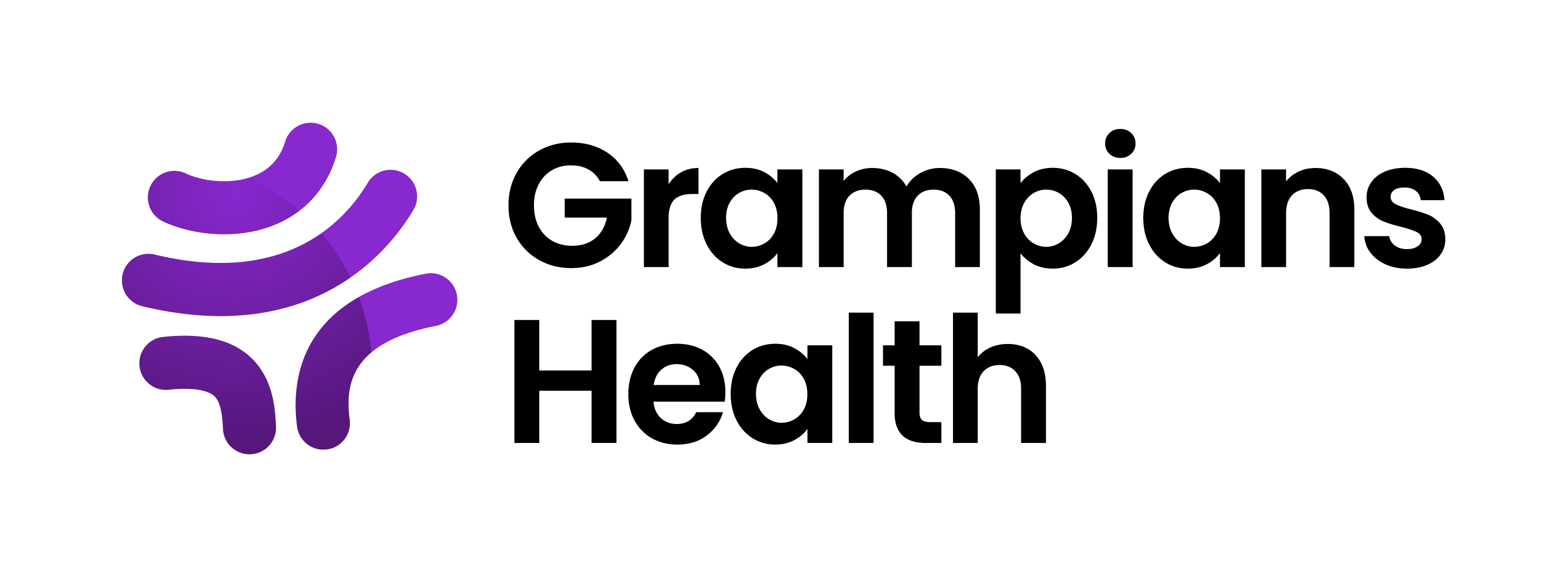Please use this identifier to cite or link to this item:
http://hdl.handle.net/11054/1995Full metadata record
| DC Field | Value | Language |
|---|---|---|
| dc.contributor | Coates, Fiona | en_US |
| dc.date.accessioned | 2022-11-14T23:06:09Z | - |
| dc.date.available | 2022-11-14T23:06:09Z | - |
| dc.date.issued | 2022 | - |
| dc.identifier.govdoc | 01949 | en_US |
| dc.identifier.uri | http://hdl.handle.net/11054/1995 | - |
| dc.description.abstract | The COVID pandemic has seen many challenges to critical care departments throughout Victoria. Country and regional Victoria critical care units are no exception. How we meet the challenges of staffing our critical care unit when staff furloughing, COVID leave, and sick leave coupled with high acuity admissions has required us to be dynamic and creative. Regional Victoria does not have the opportunity to correct staffing shortages and deficits with the use of agency nurses. Regional hospitals rely on casual nurse bank and staff to do extra shifts to correct staffing deficits. Hospitals within regional towns must create our own workforce by educating and empowering our own nurses. The objective of this program was to develop and implement a program that ‘upskilled’ registered nurses with knowledge and expertise to work safely within our critical care unit under supervision. A program that consisted of 2 days upskilling e in theory and simulation, and 2 days supernumerary was developed and implemented. Operating suite staff and nurses from our nurse resource team, casual bank RNs, and novice nurses working in the critical care unit were included. Staff expressed the view that they were more confident in their own skills and knowledge around practises in critical care. Barriers were broken down between departments, and each department gained a little insight into the pressures and challenges of other specialty areas. Our upskilling program has resulted in a greater number of registered nurses willing to step up in the event of a COVID surge and work alongside other critical care nurses to ensure patient care and safety is maintained. The education of casual staff and Nurse Resource team resulted in more staff willing to be allocated to work in critical care. | en_US |
| dc.description.provenance | Submitted by Gemma Siemensma (gemmas@bhs.org.au) on 2022-11-10T00:16:22Z No. of bitstreams: 1 poster presentation Fiona Coates edit 6.pptx: 3400603 bytes, checksum: 7dd47e2090525c713bd4b7e408c38e49 (MD5) | en |
| dc.description.provenance | Approved for entry into archive by Gemma Siemensma (gemmas@bhs.org.au) on 2022-11-14T23:06:09Z (GMT) No. of bitstreams: 1 poster presentation Fiona Coates edit 6.pptx: 3400603 bytes, checksum: 7dd47e2090525c713bd4b7e408c38e49 (MD5) | en |
| dc.description.provenance | Made available in DSpace on 2022-11-14T23:06:09Z (GMT). No. of bitstreams: 1 poster presentation Fiona Coates edit 6.pptx: 3400603 bytes, checksum: 7dd47e2090525c713bd4b7e408c38e49 (MD5) Previous issue date: 2022 | en |
| dc.title | A COVID response - country style. | en_US |
| dc.type | Conference | en_US |
| dc.type.specified | Presentation | en_US |
| dc.bibliographicCitation.conferencedate | April, 27-29 | en_US |
| dc.bibliographicCitation.conferencename | The ANZICS/ACCCN Intensive Care Annual Scientific Meeting | en_US |
| dc.bibliographicCitation.conferenceplace | Sydney | en_US |
| dc.subject.healththesaurus | COVID-19 | en_US |
| dc.subject.healththesaurus | REGIONAL HEALTH | en_US |
| Appears in Collections: | Research Output | |
Files in This Item:
| File | Description | Size | Format | |
|---|---|---|---|---|
| poster presentation Fiona Coates edit 6.pptx | 3.32 MB | Microsoft Powerpoint XML | View/Open |
Items in DSpace are protected by copyright, with all rights reserved, unless otherwise indicated.
